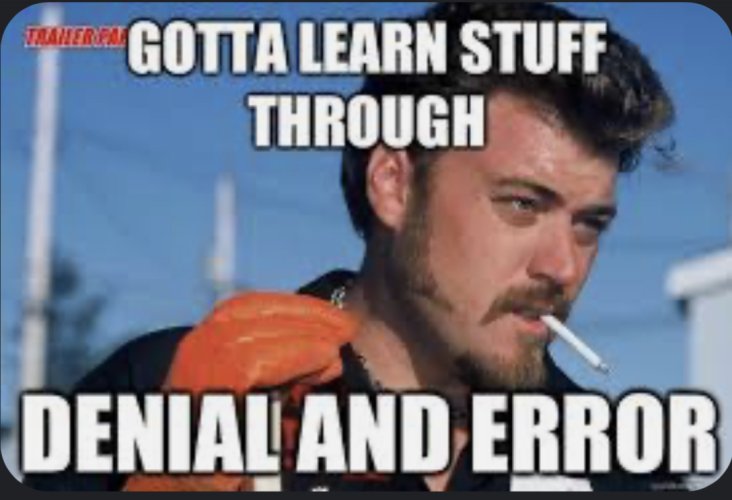It should be mandatory that before any of us (me included) are allowed to post on HT that we read @Big Fin post explaining Public Trust doctrine and the role of the trustees. I for one gained a better understanding and a different viewpoint.
Doesn’t mean I have to like the way other states run their programs but at least I understand some of it better. The fact that NR don’t factor into the equation with any “rights “ kinda sucks.
Most states grant us the privilege to hunt or have an “opportunity “ to hunt by making us pay more which is fair. I hate it but it’s fair. Residents of every state should have the lowest cost to use their own resources.
Believe me, I’d love to see cheap NR tags everywhere and I think some of the systems are taking advantage of NR knowing full well that they are selling points that will never be realized in an opportunity to hunt. Is that right thing to do???? I dunno? Do I have to keep participating with my money? Nope. My choice.
Doesn’t mean I have to like the way other states run their programs but at least I understand some of it better. The fact that NR don’t factor into the equation with any “rights “ kinda sucks.
Most states grant us the privilege to hunt or have an “opportunity “ to hunt by making us pay more which is fair. I hate it but it’s fair. Residents of every state should have the lowest cost to use their own resources.
Believe me, I’d love to see cheap NR tags everywhere and I think some of the systems are taking advantage of NR knowing full well that they are selling points that will never be realized in an opportunity to hunt. Is that right thing to do???? I dunno? Do I have to keep participating with my money? Nope. My choice.






